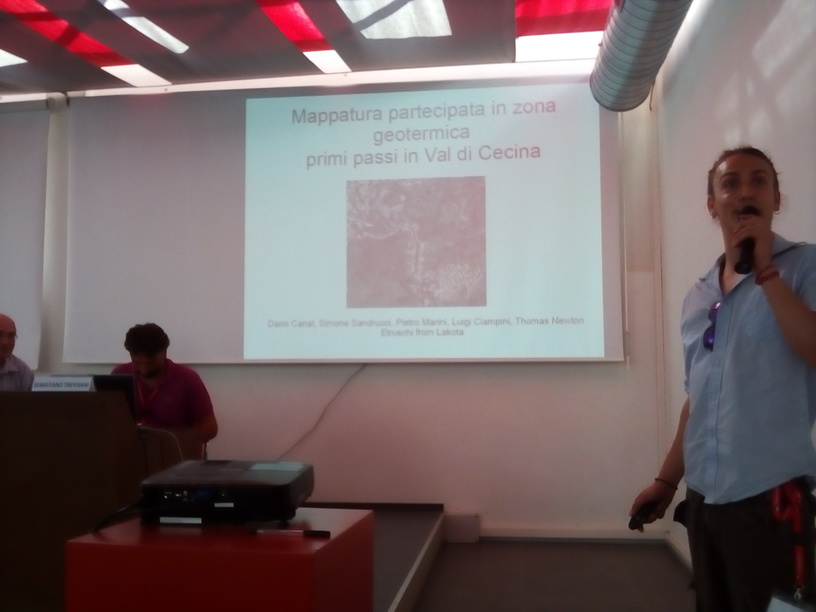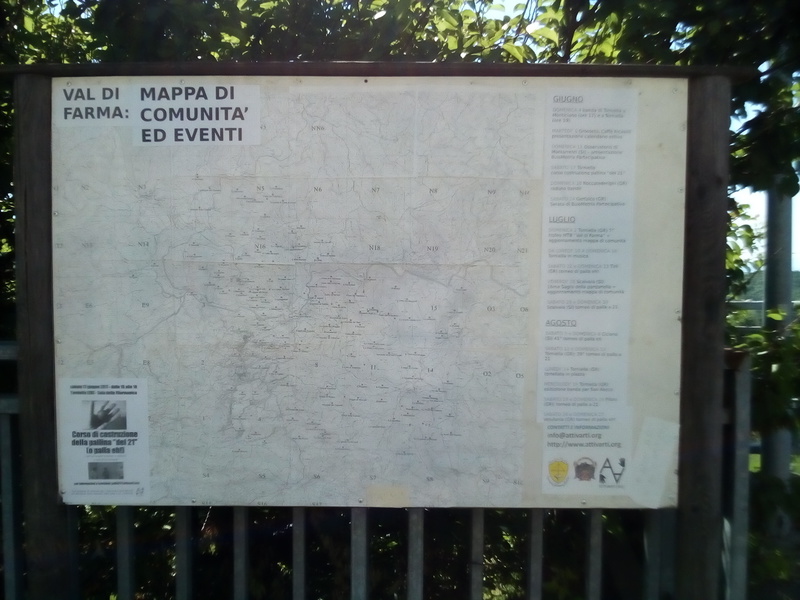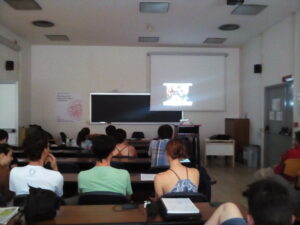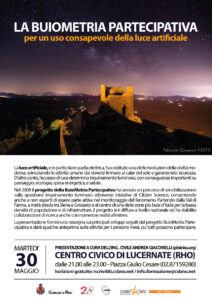Where C is for culture, A for ambiente (environmento), IL for innovazione libera (open innovation), M for Music, and S for Sport.
C
June 28, 9PM, Torniella, Second edition of the palla a 21 ball construction course.
June 30, 6PM , Massa Marittima (GR), opening of the photo exhibition by Alberico Mattei and Martina Busonero.
A
The 2017 BuioMetria Summer Campaign has started, as a collaboration of the University of Pisa, the National Research Council’s Institute of Biometeorology, and the BuioMetria Partecipativa project.
IL
Sunday, July 2 AM, in Piloni, Tuscany, there will be an update of the Farma Valley Community Map.
M
June 29, Venturina Terme Etruschi from Lakota in their duo line-up, @ Neibar
S
Sunday, July 2, the 7th Farma Valley MTB trophy …with other sidebar events.
Ten years ago, today (more or less)
On June 11 I shot the photo which I then used in tens (possibly over 100) occasions, combining flyers, leaflets, and presentations, to present the Farma Valley.

On June 15 we shot the video on the palla a 21 primer, which was shortly after the video on the rules of the game according to Mario and Bob.
On June 30, 2007, we had a mini tournament of palla a 21 (with four teams: Torniella, Piloni, Scalvaia, Ciciano), as the last event before our departure for Chicago.
During the event, there was a funny situation which was recorded and edited in a short video called “clearing the field“.
Here is some context: during the games, there was a Summer storm, lasting about half an hour. All the players and the spectators dashed for cover. While it was raining, somebody arrived in the square and parked where he saw fit, which happened to be in the worst spot of the field, i.e. in front of the service line. Clearly this person was not somebody from the villages, or seeing a completely empy square would have rang a bell about palla a 21 going on.
As the sun came out again, the player returned to the square and noted the car. Since it was not possible to contact the owner, they decided to make some space….unfortunately we do not have footage of the owner when he came back…but I can say he was not angry…he just drove away with a very puzzled expression.










